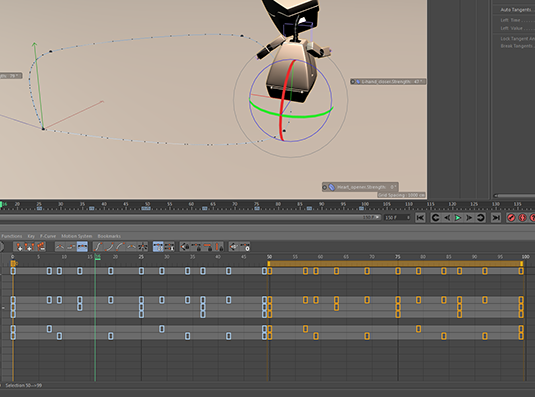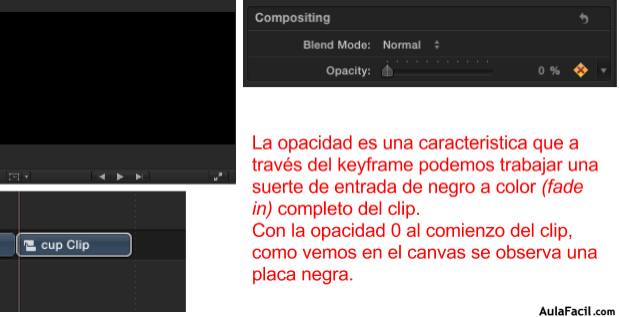

And while the images carry the basic information of a scene, the sound invariably carries the emotional content. You can always close your eyes, but closing your ears is far more difficult. Audiences will tolerate shockingly poor quality video (see Paranormal Activity, Cloverfield, or Blair Witch Project for proof), but no one will sit through even three minutes on YouTube if the audio is hard to hear. It cannot be said often enough: Audio is more important than video. Manage audio channels for multichannel clipsīreak apart audio channels for independent editing Tap another clip in the timeline, tap again, then tap Paste Effects.Īll of the format, transform, or effect settings in the first clip are transferred to the second clip.This lesson takes approximately 85 minutes to complete. Tap another clip in the timeline, tap again, then tap Paste Transform Settings.Įffect settings]: Tap at the top of the inspector, tap, then tap Copy Effects.

Transform settings: Tap at the top of the inspector, tap, then tap Copy All Settings. Tap another clip in the timeline, tap again, then tap Paste Format Settings. Opacity settings: Tap at the top of the inspector, tap, then tap Copy All Settings. The keyframes appear as diamonds along the dotted line. If you don’t see the keyframes you want to copy, tap next to the setting name (above the dotted line), then tap the setting you previously keyframed. Tap Animate in the lower-left corner of the screen to open the keyframe editor (if it’s not already open). In the timeline, tap a clip that has keyframes, then drag the playhead over the clip. In Final Cut Pro for iPad, open a project. Note: When you copy and paste keyframes, all effects or transforms applied to the first clip are transferred to the second clip. You can also add keyframes to different effect settings in the same clip to create complex animations. You can add and modify as many keyframes as necessary to achieve a specific effect. When you play back the clip, Final Cut Pro interpolates the setting values between one keyframe and another, creating a smooth animated effect. If you don’t see the result you expect, make sure the Animation Style setting under Options is not set to None. Title settings: Tap at the top of the inspector, then adjust the relevant control under Options (All, Retime: In, Fade Duration: In, Retime: Out, or Fade Duration: Out). (For some objects, you can also drag onscreen controls in the viewer.) See Adjust background and object clips. All category, you can adjust multiple settings in the inspector.Object settings: Tap at the top of the inspector, then adjust the relevant control under Options. (For some effects, you can also drag onscreen controls in the viewer.) See Adjust video effects.


(You can also drag onscreen controls in the viewer.) See Intro to transform effects.Įffect settings: Tap at the top of the inspector, tap the name of the effect, then adjust the relevant control. Transform settings: Tap at the top of the inspector, then adjust the relevant control (Scale or Rotation, for example). Opacity settings: Tap at the top of the inspector, then drag the Opacity slider, or tap the Opacity number field and use the keypad to set a new value. Tap Inspect in the lower-left corner of the screen, then do one of the following, depending on the setting you keyframed (shown at the top of the keyframe editor): Note: If you want the animation to progress from an effect’s current settings to new settings, select the second keyframe and leave the first keyframe as it is. Create areas of transparency with masks.Use the Flow transition to merge jump cuts.Adjust depth of field in Cinematic mode clips.Adjust the focus in Cinematic mode clips.Change the focus in Cinematic mode video.Start a Final Cut Pro for iPad subscription.


 0 kommentar(er)
0 kommentar(er)
